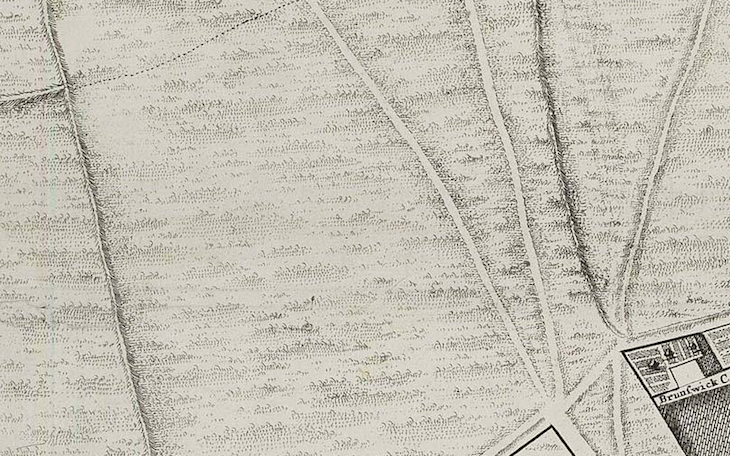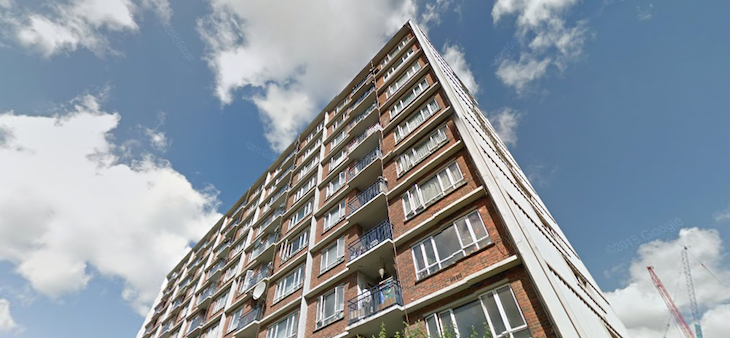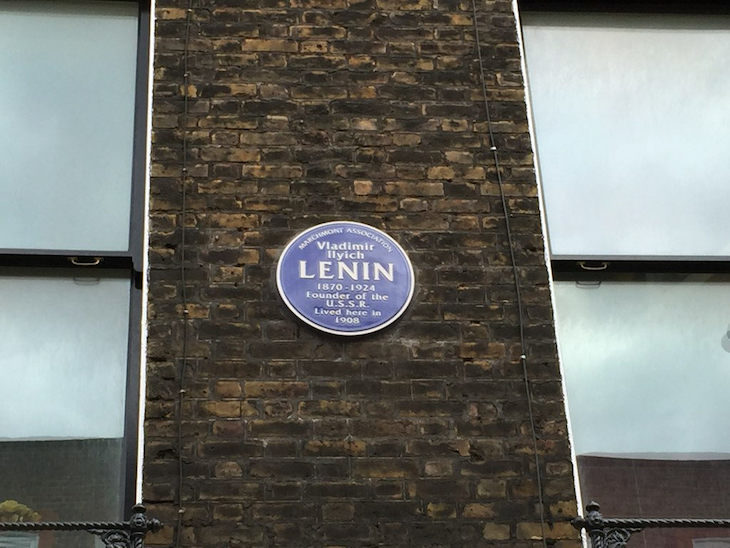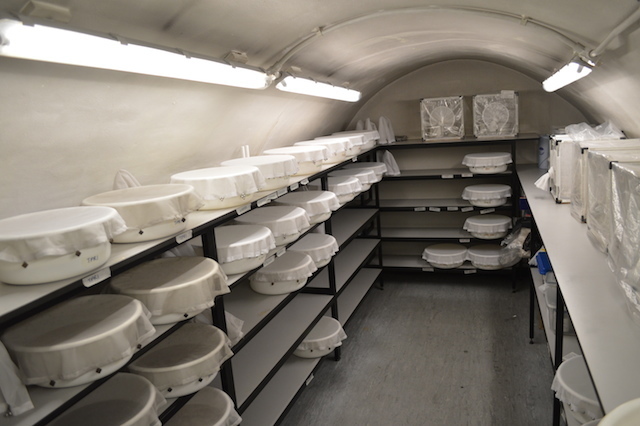Bloomsbury. It's famous for the British Museum, tree-lined squares and 20th century writers such as Virginia Woolf. Like anywhere in London, though, it has its hidden histories.
It's older than you might think
Though most of Bloomsbury is Georgian, Victorian or 20th century, the area was named in medieval times. The 1086 Domesday Book notes a wood for 100 pigs hereabouts. The first record of the name comes from 1201 when a William de Blemond acquired the land. Still, it took a while to develop. Here's what the Russell Square area looked like in 1746 (from the John Rocque map).

The field of 40 footsteps
For many years, a legend persisted of mysterious footprints, trodden into the Bloomsbury turf that could never be expunged. The marks were said to be from a pair of love rivals, who killed each other in a duel sometime in the 18th century, when most of Bloomsbury was fields (see above). The footsteps were mentioned by many writers, but have not been seen for a long time. Here's where we think they were located.
London's first tower block

During the 1950s and 1960s, London sprouted hundreds of tall housing blocks, a relatively quick, cheap and easy way to replace the housing stock lost in the second world war. It all started in Bloomsbury, when the first 10-storey council block opened in May 1949. Called Blemundsbury — an old name for the area — the block still exists almost 70 years on. It's just south of Great Ormond Street.
Mysterious bollards

A set of pointless bollards graces the north-eastern extreme of Bloomsbury. The one shown above skulks in a corner of Regent Square, protecting precisely nothing. Rather than a council cock-up, the bollards are actually an avant-garde art installation, dating back 10 or 15 years. We've made a map of all six, should you want to go on a situationist bollard hunt (and who doesn't?).
Lenin woz ere

Vladimir Ilyich Lenin, first leader of the Soviet Union, stayed in a house on Tavistock Place in 1908. The address was handy for the British Library (then housed in Bloomsbury at the British Museum), a regular haunt of the famous communist. The house is today marked by a plaque, whose installation was described as 'appalling' by one local resident.
Secret tokens

If you pass along the western side of the Brunswick Centre, look closely at the floor. The stones are impregnated with numerous metallic objects, such as the one shown above. These are recreations of tokens (coins, keys, hair clips...) from the Foundling Hospital, which once stood nearby. In the 18th century, destitute mothers could leave their babies at the Foundling Hospital for care. The trinkets would help identify the child, should the mother later be in a position to reclaim her offspring. The Foundling Museum, on the other side of the Brunswick, tells this unhappy tale in more detail.
Hidden mosquitoes

Walk along the eastern side of Gower Street and you'll be strolling above millions of mosquitoes. The London School of Hygiene and Tropical Medicine breeds many different species of mozzie in an old coal bunker beneath the road. Some of the strains have been here for decades. Read our full report on London's itchiest room.




